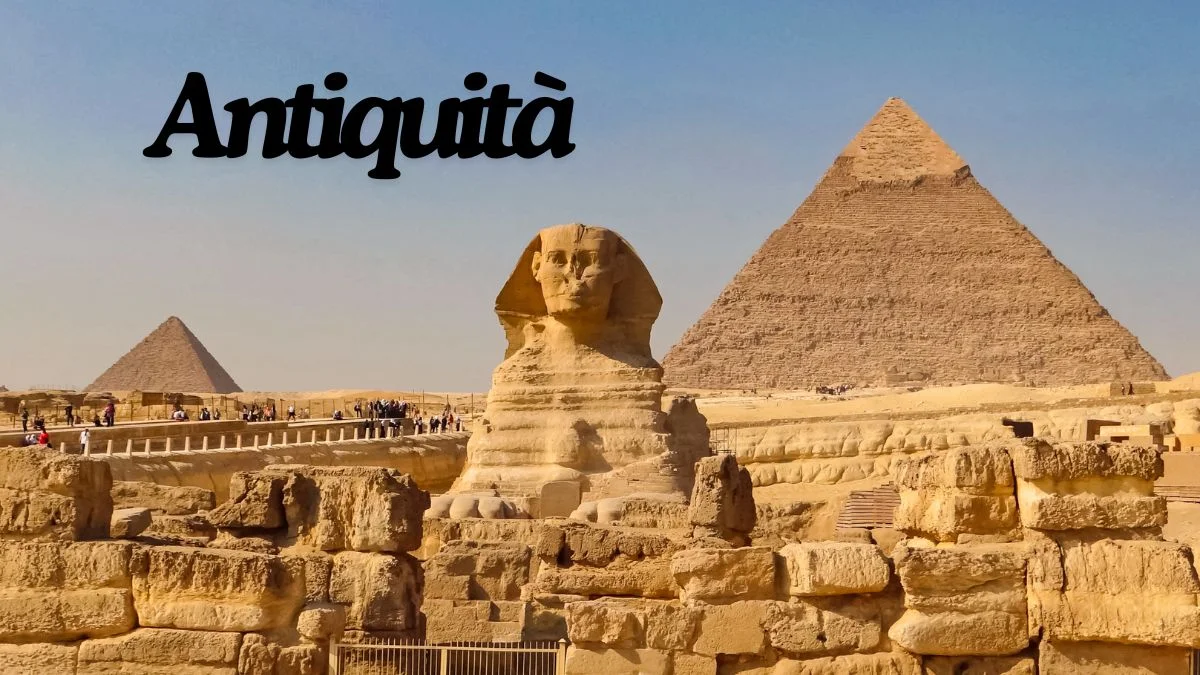Introduction
Following the Italian origin of the work, ‘Antiquità,’ which in Italian means ‘antiquity,’ debates the eternal interest in the past. It is a path, a path in time that passes through the remains of the great empires and tries to explore the message hidden in the ruins. Ranging from Roman Empire to Egyptian burials, the term antiquità puts the viewers face to face with the worlds, where people, whose legacies we have now, used to live.
The Allure of Antiquità
One must ask the question; what is it that makes us amass such interest in the world of antiquità? Maybe it is this, the desire for something no one fully understands, something that comes from much farther back in history. Whatever the reason, antiquità is able to invoke the feeling of awe and strive, most effectively.
The Scope of Antiquità
Antiquità encompasses a vast and diverse range of objects and artifacts, spanning different cultures and time periods. Here’s a glimpse into its breadth:
- Archaeological Finds: Starting with the actual discovered city, and ending with the small fragments of pottery, archaeology is a truly physical link to the past.
- Art and Sculpture: Sculptures regardless of the fact as to whether they are of human representation in marble or the use of bronze give us clues to the aesthetician ways and the practice of aesthetics.
- Textiles and Jewelry: Rich and elaborate materials together with embellished ornaments shed some light on the fashion and accessories of past civilizations.
- Coins and Currency: They are of economic and historical importance as they speak of the trade and the administrative systems of the past.
- Documents and Manuscripts: Hence, literature, including papyrus and illuminated books, contain the recorded knowledge of these early peoples and advanced civilization.
The Importance of Antiquità
The study and appreciation of antiquità offer invaluable contributions to various fields:
- History: While working with artifacts, historians receive an opportunity to study the chronology of historical occurrences, recognize the social hierarchy of the population, and analyze the steps in the evolutionary process of humanity.
- Art and Design: Artists and designers copy the beauty and shapes of items seen in antiquità to create art pieces that blend modernity with the exquisite charm of the ancient world.
- Culture: These are the ways in which historical and contemporary cultures are similar and how differing cultures enrich the world: Through examining the characters of Antiquità, one gains an understanding of the unique cultures of the world and the classic values of humanity that are still important in today’s world.
- Science: Related artifacts, can give great information about the past climate, the tools used, and even DNA of man
Collecting Antiquità
For many, antiquità is not only a scholarly discipline but a desire which is the basis of collecting ancient things. Antiquities are a good thing to collect, but one needs to have adequate information, or else need some basic understanding of what constitutes as right and wrong.
- Authenticity: One vital element that has to be done is to verify the origin of the antique in question. The level of fakes is high and that’s the reason why it is necessary to carry out proper research and consult a specialist.
- Provenance: Knowledge of an object, its background, owners, and prior collection history may considerably increase the collection’s worth.
- Preservation: Maintaining the appearance of antiques is crucial to preserve everything so that the items remain valuable and in good condition.
Antiquità and the Modern World
The influence of antiquità extends far beyond museums and private collections.
- Fashion: This picture shows that the modern designers use the patterns and motives of the ancient masterpieces in the design of the souvenirs, blending the history and traditionally modern look.
- Architecture: The times are changing, but people still consider classical architecture as a source for creating modern building designs that would look majestic.
- Literature and Film: Myths and legends of early ages therefore offer a great resource of telling great stories and among them are the heroes and gods.
Conclusion
Antiquità definitely acts as a store full of things waiting to be discovered. It offers a chance to become acquainted with history, acknowledge the successes of ancestors, and evaluate one’s own role in that history.From the casual observer to the experienced collector, connoisseur of arts or someone interested in the wonders of civilization? antiquite has it all.
FAQs on Antiquità
Q: What is Antiquità? A: ”Antiquità” is an Italian word that means “antiquities” in English as it deals with the study and commerce of items that belong to the prehistoric civilizations.
Q: What kind of items are considered Antiquità? A: Tagged: Spoken World By Filler This article explores the world of antiquità. Listing all the different types of antiquità that exist today would be ridiculous. This ranges from pottery and tools, to art and sculptures, textiles, jewelry, coins, and papers that contain history.
Q: How old does an item have to be to be considered an antiquità? A: Additionally, we must note that no specific age limit applies, but items from pre-industrial cultures are classified as antiquità. However, the definition of this phenomenon can vary significantly depending on the context.
Q: Is collecting antiquità expensive? A: Value could also be high or low it all depends on with what exactly it refers to or represents as a specific antiquità. However, we must understand that the market includes considerably expensive items, but collectors can also find a good number of reasonably priced items.

